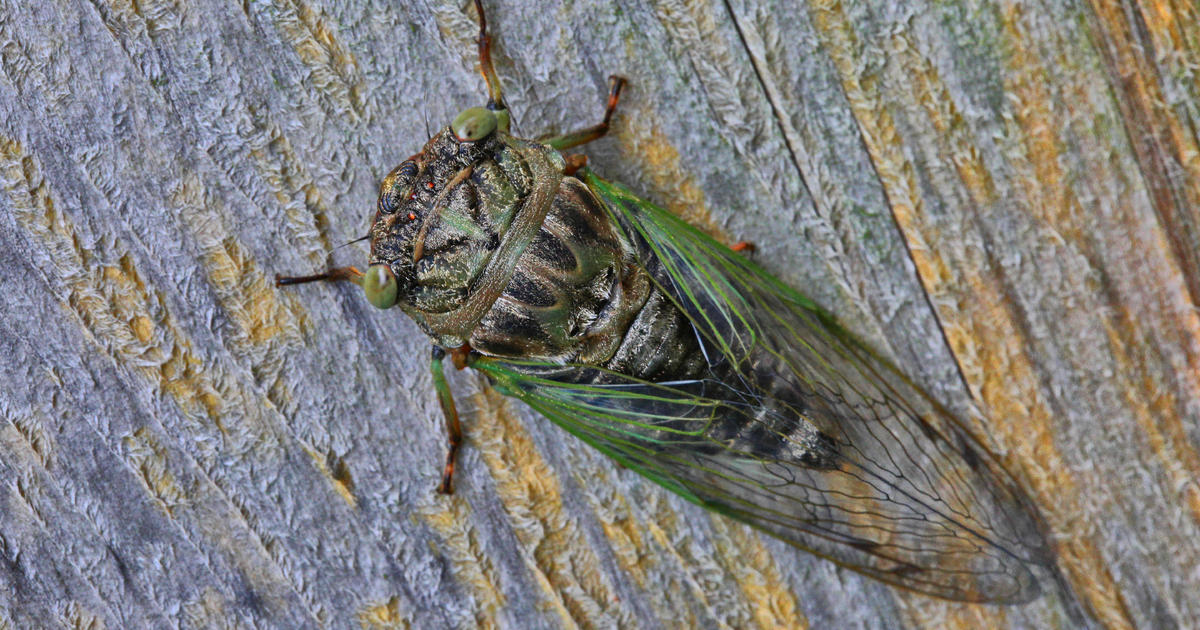Study: Few Asian Carp Needed To Establish Foothold
TRAVERSE CITY, Mich. (AP) — A small number of Asian carp might be enough to establish a population in the Great Lakes that eventually could pose a serious threat to other fish species and the region's economy, a Canadian scientist said Monday.
Researchers at the University of Waterloo in Ontario said in a paper published this month that under the right circumstances, as few as 10 Asian carp that find their way into one of the Great Lakes would have a 50-50 chance of becoming established. If 20 fish slip inside, the probability of gaining a foothold could jump to 75 percent, the study said.
The findings show how difficult it will be to shield the Great Lakes from the invasive fish over the long term — and the importance of developing rapid-response procedures that could limit their spread, said Kim Cuddington, an ecologist and the study leader.
It's probably "only a matter of time before the population migrates to the Great Lakes," Cuddington said. "We need to start thinking about how to get rid of a spawning population. Once you have large breeding populations in a couple of locations, I don't think you'll get them out."
Bighead and silver carp were imported from Asia to the southern U.S. in 1970s to control algae in fish ponds and sewage lagoons. They escaped and have infested most of the Mississippi River and many of its tributaries, including the Illinois and Wabash rivers, which could provide linkages to Lake Michigan and Lake Erie.
Authorities have spent nearly $200 million on electric barriers and other measures to block the carp's paths.
Scientists differ on how many would be needed to form a growing Great Lakes population. Males and females would have to find each other in tributary rivers with fast, turbulent currents where fertilized eggs would stay afloat long enough to hatch. Cold temperatures and lack of food could hinder growth.
Because of such obstacles, some experts say it could take hundreds of carp reaching the lakes to become established. In their paper, Cuddington and her colleagues said they developed mathematical models that suggest far fewer fish might be needed.
Each of the lakes has about 10 rivers suitable for spawning — a favorable number for males and females to find one another, they said.
Duane Chapman, an Asian carp expert with the U.S. Geological Survey who wasn't involved with the study, said its findings are based on the unproven assumption that a few carp — perhaps just one male and one female — would mate. Asian carp tend to spawn in large groups, he said.
"We know there can be hundreds of fish spawning in the same place at the same time, but we don't know if there's a minimum number," Chapman said.
Another crucial factor is how quickly the carp would reach sexual maturity in the lakes, Cuddington said. If they mature and spawn by age 3, it could take 20 years to establish a moderate-sized population and twice as long for the population to become very large. But the carp could take longer to develop in cooler waters, requiring a century or more to spread widely.
(© Copyright 2013 The Associated Press. All Rights Reserved. This material may not be published, broadcast, rewritten or redistributed.)



